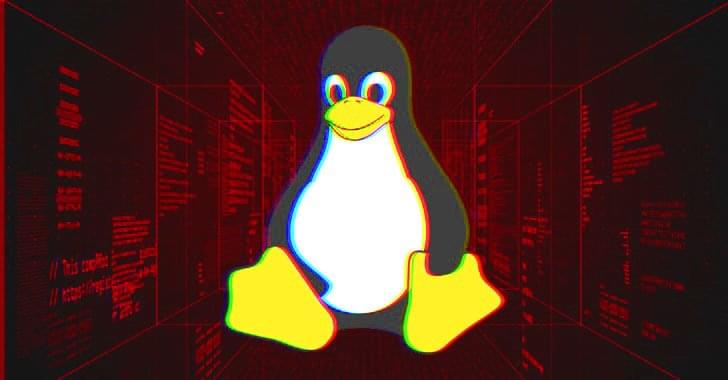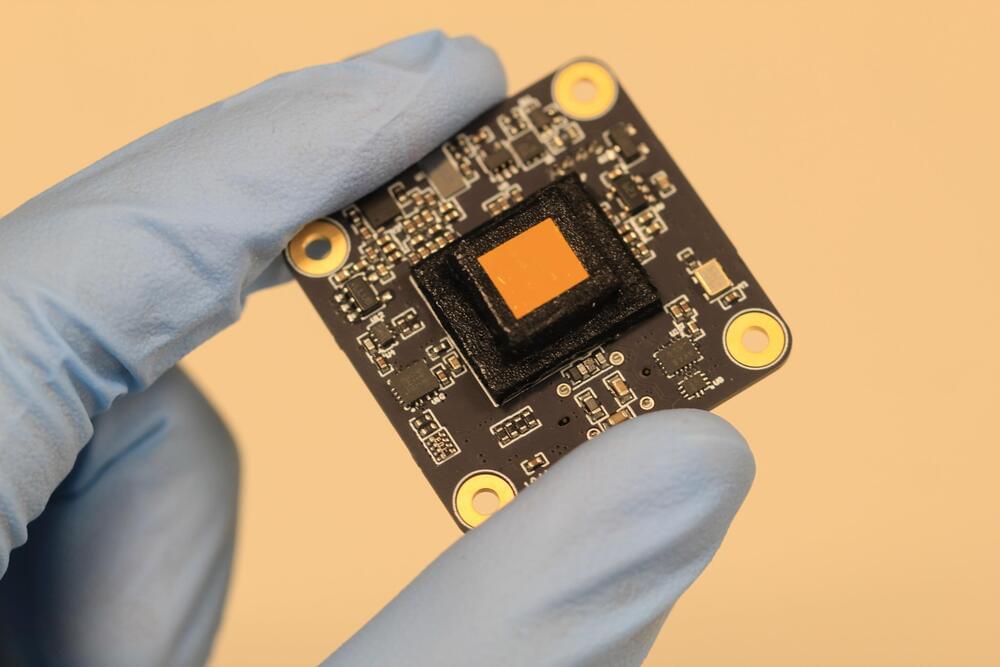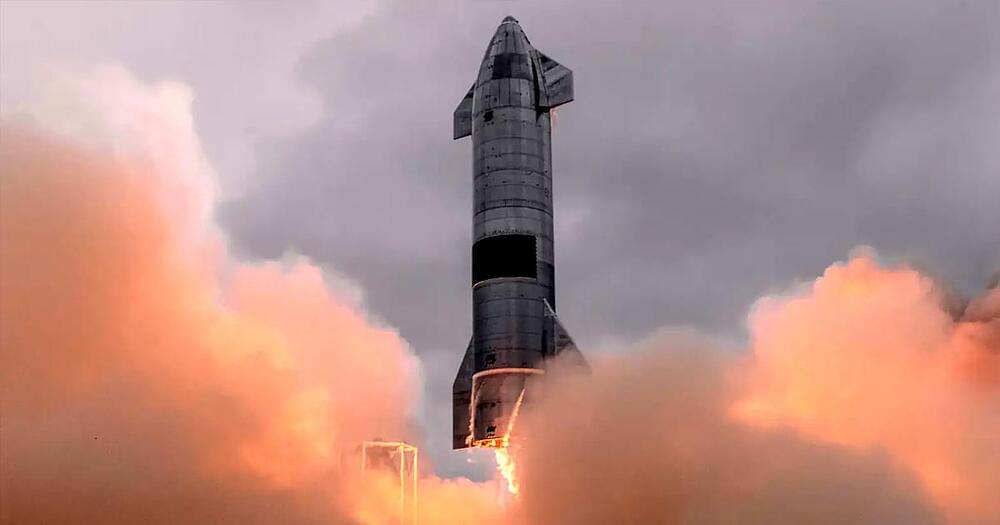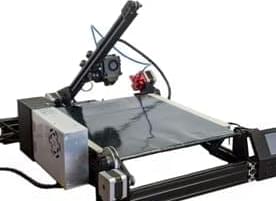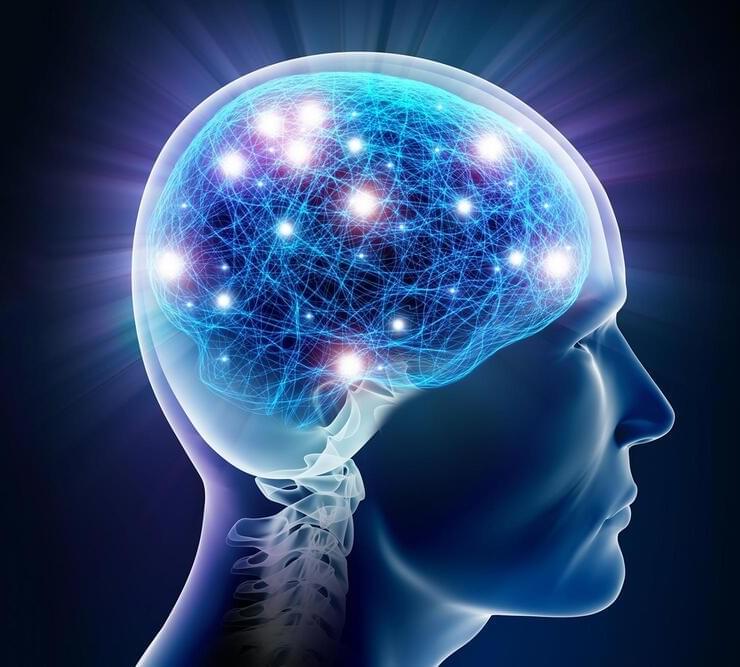The struggle to measure the moon is a longstanding one.
Earth’s moon is the largest and brightest object in the night sky by far, so it has always been a subject of human fascination and even worship, but how big is the moon really?
As a natural satellite of Earth, the moon is clearly the smaller of the two, but how much smaller is it? How much of the Earth would the moon cover if it sat on Earth’s surface? And how does our moon compare to the moons of other planets in the solar system? ## How big is the moon compared to Earth?
The moon, like the Earth, isn’t a perfect sphere, so we measure its size by its mean radius, which is 1,079.6 miles (about 1,737.4 kilometers), with a mean diameter of 2,159.2 miles (about 3,475 kilometers), and an equatorial circumference of 6,783.33 miles (about 10,917 kilometers).
The mean radius of the Earth is 3,958.75 miles (about 6,371), with Earth’s diameter measuring about 7,917.5 miles (about 12,742 kilometers), giving an equatorial circumference of 24,901.45 miles (about 40,075 kilometers).
Full Story:

